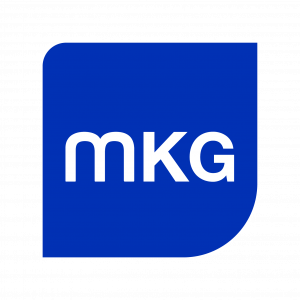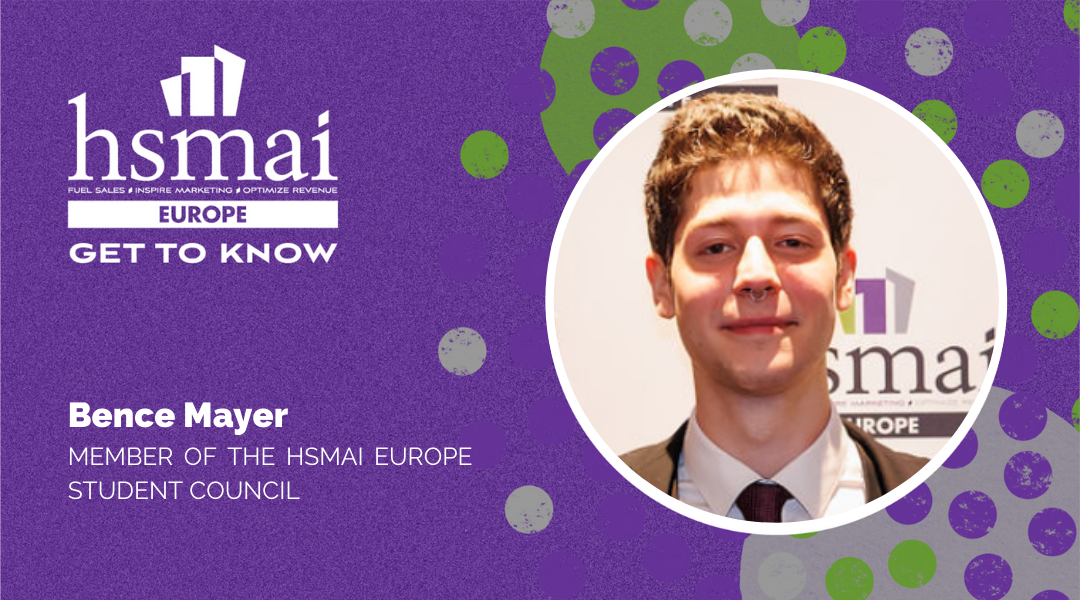Since the beginning of the year, the European hotel industry has shown a real recovery in activity at global level and now posts a +11.6% increase in RevPAR in March compared to March 2019. This is an encouraging outlook at the start of spring, but it is being driven by the Southern Europe when the North East fails to emerge…
Although occupancy is still below 2019 levels (-3.5 points in March), ADRs are still growing (+17.5%) and thus, at the global level, the activity is up (+11.6% RevPAR).
All ranges show relatively similar trends with RevPAR increases ranging from 9% (in the budget segment) to 13.1% (in the economy segment). Overall, the economy properties show the smallest gap in terms of occupancy (-2.1 points) but the top end segment, which has long suffered from the health crisis, is now showing relatively similar levels (-4.5 points). In terms of ADR, however, while all ranges showed a 16% increase, the upper-upscale segments stood out slightly with over 20% growth.
Hungary, which is still affected by hyperinflation, posted RevPAR growth of 60.4%, followed by Poland with 22.6%. Although this increase is explained by an ADR increase of more than 77% for Hungary, both countries show “acceptable” delays in OR with only -3.5 points for Poland and -5.6 points for Hungary.
The countries of Southern and Western Europe are doing best: with an increase of 19.5%, Italy has the highest growth in activity (apart from Hungary and Poland). France follows this trend with a 16.6% increase in activity, driven by a 19.9% increase in its ADR and a gap of only -1.7 points in terms of occupancy.
The United Kingdom recorded a 14.6% increase in RevPAR and the return to a balanced occupancy rate is remarkable (-0.9 points of variation between March 2023 and March 2019).
With the arrival of the good weather, Spain and Portugal are entering a period favourable to tourist stays and are thus posting 14.6% and 15% increases in activity respectively. Further east, Greece is following a more restrained but encouraging trend with +9.6% of activity compared to the pre-COVID period.
On the other hand, North-East Europe has been lagging behind for some time: Luxembourg (-13.2%), Latvia (-9.9%), Switzerland (-9.5%), the Czech Republic (-8.5%) and Germany (-8.3%) have not managed to regain their pre-crisis levels and the more moderate increase in ADR has not made up for this.
Austria and Belgium, however, which had already managed to post positive RevPAR growth in February, managed to maintain it with +2.4% and +1.4% RevPAR respectively.
So if Southern Europe’s tourism spring is shaping up well, can North Eastern Europe manage to get its results up and running in the next few weeks?




























